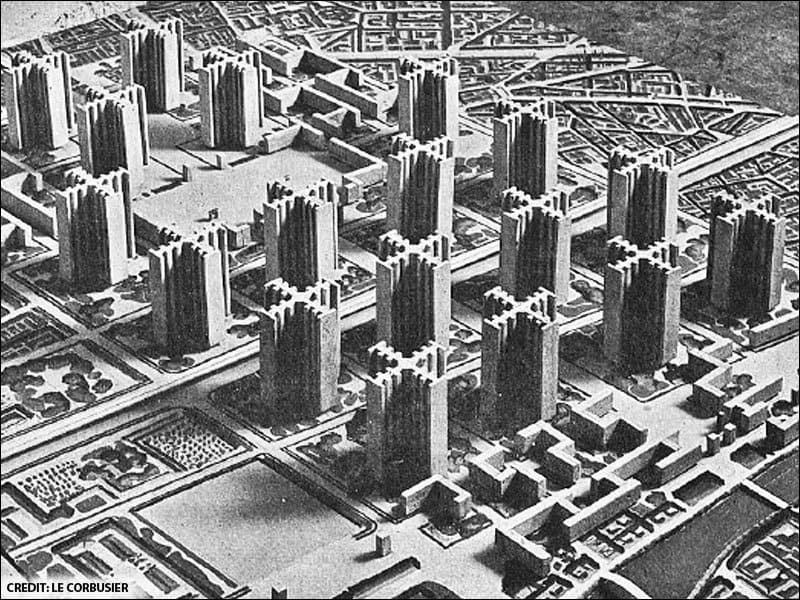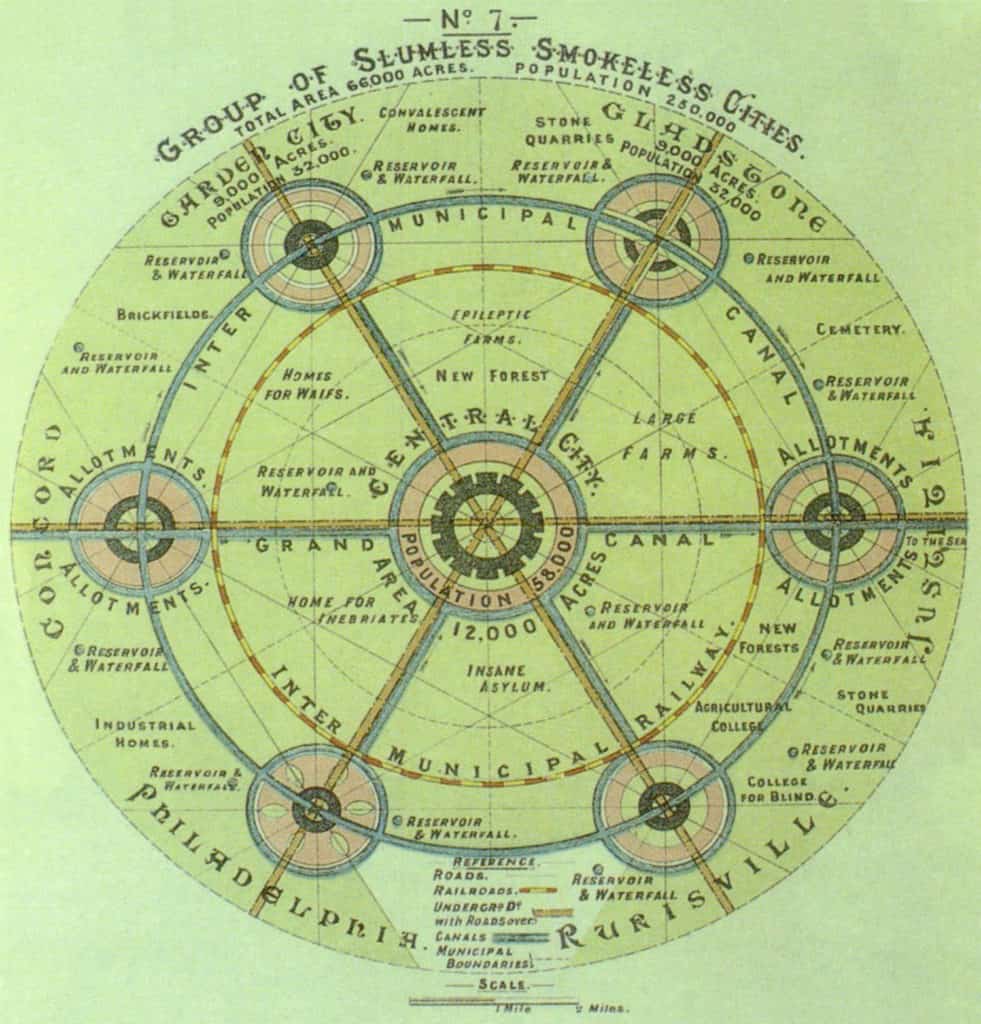Good theory leads to good planning and normative theory – without quantitative observation and validation using scientific method – is nothing more than subjective opinion masquerading as theoretical conjecture, says Mark David Major, senior planner in Nassau County, Florida, and former lecturer at The Bartlett School of Architecture and Planning, University College London.
VIEWPOINT
Holding up the bogeyman of the modernist architects of CIAM and their industrial age vernacular to deride scientific method and endorse normative theory in planning is a lot like suggesting a rape victim needs to date her attacker to get over the experience. While the metaphor may be shocking, it is not a casual choice.

Modernism was a normative theory. It was a theory that aspired to science in its assertions. However, Modernist theory fails even the most basic tests of being science. It was long on observation and way short on testing the theoretical conjectures arising from those observations. Without scientific method to test its conjectures, Modernism in its infancy never made the leap from normative to analytical theory. Instead, the subjective opinions of the CIAM architects and planners were embraced by several generations of professionals and put into practice in hundreds of cities. Today, for the most part, Modernist theory has finally been tested to destruction by our real world experience of its effects. It has made the transformation from normative to analytical theory and validated as a failure.
Modernism is the failure of normative theory. Ever since Robert Venturi published Learning from Las Vegas, it has been chic to assert that Modernism – and, by implication, science – was responsible for the rape of our cities in the 20th century. However, like a DNA test that frees a falsely accused rapist, scientific method reveals the true culprit – normative theory. The 20th century is a wasteland littered with the remnants of normative theories: modernism, futurism, Post-modernism, Deconstructivism, traditionalism, neo-sub urbanism and many more ‘-isms’. After the experience of the 20th century, it seems absurd to suggest  that we require more theoretical conjecture without scientific validation, more opinion and subjective observation – that is, less science – if we want to better understand the organized complexity of our cities.
that we require more theoretical conjecture without scientific validation, more opinion and subjective observation – that is, less science – if we want to better understand the organized complexity of our cities.
Science aspires to fact, not truth. The confusion about science is endemic to our society. You can witness it every time an atheist claims the non-existence of God based on scientific truth. However, science does not aspire to truth. Not only is ‘does God exist?’ unanswerable; it is a question no good scientist would ever seek to answer in scientific terms. It is a question of faith. The value judgment we place on scientific fact does not derive from science itself. It derives from the social, religious or cultural prism through which we view it. Right or wrong is the purview of politicians, philosophers and theologians. There are plenty – perhaps too many – planners and architects analogous to politicians, philosophers and theologians and not enough of the scientific variety. And, too often, those that aspire to science remain mired in the trap of normative theory.

The Modernist hangover lingers in our approach to theory. We require less subjective faith in our conjectures and more objective facts to test them. We persist with models that are colossal failures. When we are stuck in traffic, we feel like rats trapped in a maze. We apply the normative theory to how we model our transportation networks and fail to test the underlining conjecture. We project populations years and decades into the future, yet fail to return to them to test their validity, refine the statistical method and increase the accuracy of future projections. And we hide the scientific failings of our profession behind the mantra, ‘it’s the standard.’ The robust power of GIS to store and organize vast amounts of information into graphical databases is touted as transforming the planning profession. But those that don’t understand science, mistake a tool of scientific method for theory.

We require analytical theory and objective knowledge. If the facts do not support our conjectures, then they need to be discarded. In normative theory, ideas are precious. In analytical theory, they are disposable in favor of a better conjecture on the way to a scientific proof. Scientific method is the means to test and validate or dispose of theory. Our profession and communities have paid a terrible price for the deployment of Modernist theory in our cities. However, quantitative observation and analysis of its failings has offered enlightenment about how to proceed in the future. The work of notable researchers in Europe and the United States are leading the profession towards an analytical theory of the city. In the future, we will be able to deploy scientific method to derive better theory about the physical, social, economic and cultural attributes of the organized complexity of the city. The leap forward will propel planning out of the voodoo orbit of the social sciences and into the objective knowledge of true science. Until then, we need to focus a bit more on getting there and less time raising the specter of dead bogeymen in order to endorse the creation of a new one.
This editorial was written November 28, 2003 in response to a Viewpoint published in the December 2003 issue of the American Planning Association monthly, Planning, which derided science as a reasonable basis for sound planning and cited the experience of Modernism as a reason. This response was never published.

